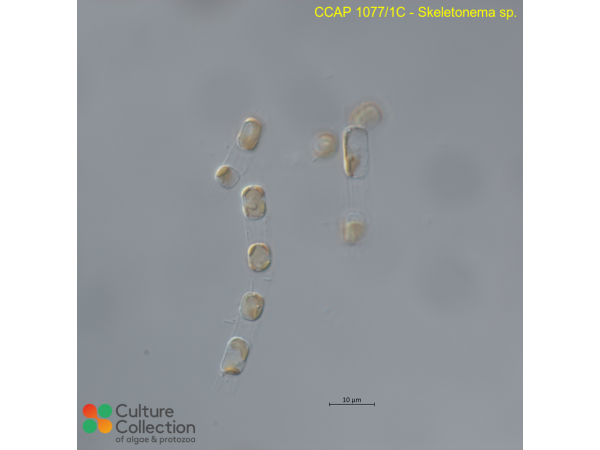References [ 12 ]
Pavlic Z, Vidakovic-Cifrek Z & Puntaric D (2005) Toxicity of surfactants to green microalgae Pseudokirchneriella subcapitata and Scenedesmus subspicatus and to marine diatoms Phaeodactylum tricornutum and Skeletonema costatum. Chemosphere 61: 1061-1068.
Gutierrez T, Green DH, Nichols PD, Whitman WB, Semple KT & Aitken MD (2012) Polycyclovorans algicola gen. nov., sp. nov., an aromatic-hydrocarbon-degrading marine bacterium found associated with laboratory cultures of marine phytoplankton. Applied and Environmental Microbiology 79: 205-214.
Gutierrez T, Rhodes G, Mishamandani S, Berry D, Whitman WB, Nichols PD, Semple KT & Aitken MD (2014) Polycyclic aromatic hydrocarbon degradation of phytoplankton-associated Arenibacter spp. and description of Arenibacter algicola sp. nov., an aromatic hydrocarbon-degrading bacterium. Applied and Environmental Microbiology 80: 618-628.
Gutierrez T, Nichols PD, Whitman WB & Aitken MD (2012) Porticoccus hydrocarbonoclasticus sp. nov., an aromatic hydrocarbon-degrading bacterium identified in laboratory cultures of marine phytoplankton. Applied and Environmental Microbiology 78: 628-637.
Gutierrez T et al. (2015) Genome sequence of Polycyclovorans algicola strain TG408, an obligate polycyclic aromatic hydrocarbon-degrading bacterium associated with marine eukaryotic phytoplankton. Genome Announcements 3: e00207-15.
Mishamandani S, Gutierrez T, Berry D & Aitken MD (2015) Response of the bactierial community associated with a cosmopolitan marine diatom to crude oil shows a preference for the biodegradation of aromatic hydrocarbons. Environmental Microbiology 18: 1817-1833.
Gutierrez T et al. (2016) Genome sequence of Marinobacter sp. Strain MCTG268 isolated from the cosmopolitan marine diatom Skeletonema costatum. Genome Announcements 4: e00937-16.
Gutierrez T et al. (2016) Genome sequence of Arenibacter algicola strain TG409, a hydrocarbon-degrading bacterium associated with marine eukaryotic phytoplankton. Genome Announcements 4: e00765-16.
Maranón E, Lorenzo MP, Cermeno P & Mourino-Carballido B (2018) Nutrient limitation suppresses the temperature dependence of phytoplankton metabolic rates. The ISME Journal 12: 1836-1845.
Thompson HF, Lesaulnier C, Pelikan C & Gutierrez T (2018) Visualisation of the obligate hydrocarbonoclastic bacteria Polycyclovorans algicola and Algiphilus aromaticivorans in co-cultures with micro-algae by CARD-FISH Journal of Microbiological Methods 152: 73-79.
Garvetto A, Badis Y, Perrineau M, Rad Menéndez C, Bresnan E & Gachon CMM (2019) Chytrid infecting the bloom-forming marine diatom Skeletonema sp.: Morphology, phylogeny and distribution of a novel species within the Rhizophydiales Fungal Biology 123: 471-480.
Alcaraz-Rocha P, Puig-Fàbregas J, Garrido JL & Sobrino C (2023) Ocean acidification affects pigment concentration and photoprotection of marine phytoplankton. Limnology and Oceanography 68(4): 831-844.




